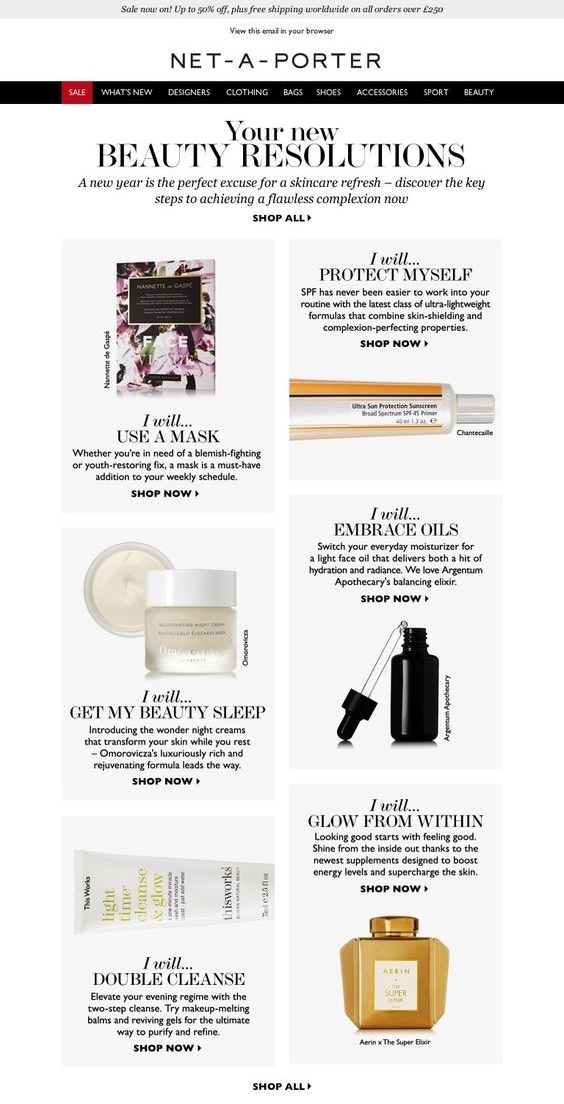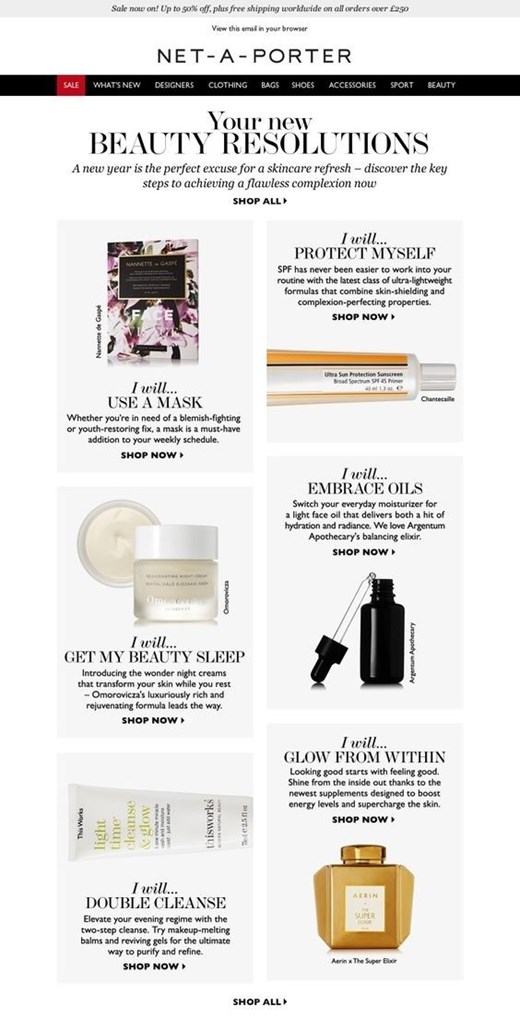Step into Christmas and side-step these seasonal marketing mishaps

- 22 December 2023
Marketers often adopt well known themes around the festive season. But are they the right move for your brand? In this article freelance writer, Laura Bracher, explores whether bringing out the Christmas traditions are marketing magic or misaligned mishaps which should be avoided.
Ah, Christmas. For many, it's a time for gingerbread lattes, holiday movies, and letting your hair down. But for those who work in creative roles, seasonal marketing mania is in full swing.
The festive season can be a tough time for marketers. Every year, they're battling the same seasonal cliches and, this year especially, an uncertain economic outlook.
Yet, while research from the IPA shows that two-thirds of shoppers will be cutting back on their purchases this year, they still want to see brands embracing the festive season with their communications. So, let's delve into some common pitfalls to avoid when it comes to seasonal content marketing.
Leave the 'Ho Ho Hos' to Santa
It's all too easy to fall into the trap of rehashing the same old Christmas themes and ideas. "All wrapped up", "'Tis the season to", and "Ho Ho Ho" are just a few of the phrases brands like to flood our inboxes with and plaster across their packaging.
Copywriter Vikki Ross has even made a festive tradition of them with her annual 'Christmas Copy Bingo'.
What’s that I hear? Could it be the sound of a thousand copywriters wielding their bingo dotters? #christmascopybingo @VikkiRossWrites pic.twitter.com/LNFvw7FVHX
— Sarah is typing… (@HalfLifeWriter) October 18, 2020
There will always be some element of nostalgic repetition that many of us enjoy about the holidays (personally, it's not Christmas until I've seen the classic Coca-Cola ad), but that doesn't equal a free pass for poor copywriting.
Don't risk giving your audience festive fatigue and cut through the noise by avoiding the usual sad holiday cliches.
Merry Pringles? That doesn't even make sense. They could have gone with "Pringle Bells" or "Merry Crispmas". Idiots. pic.twitter.com/bxKhVIyl
— Marty Lawrence (@TeaAndCopy) December 4, 2012
Ignoring cultural sensitivity and diversity
Christmas, while widely celebrated, is not universal. Marketers must consider that their audience might be global and diverse in terms of culture, religion, and traditions, and tailoring content that's solely centred around Christmas may inadvertently exclude or alienate those who don't celebrate it.
Of course, inclusivity in marketing goes beyond acknowledging different holidays. It means representing a diverse range of voices, perspectives, and backgrounds (race, ethnicity, sexual orientation, abilities, etc.). Research from System1 shows that ads featuring a diverse cast are more effective than the average ad and resonate deeper with the community represented and the wider public.
ED&I is a complex and ongoing process and should form a deep-rooted part of a brand's culture and values. Simply including a diverse cast in your seasonal marketing is not a one-way ticket to winning a Lion, but it can certainly enhance your audience's connection with your brand.
Ignoring the current climate
Heading into our second cost-of-living Christmas, families across the UK are struggling with household bills and dealing with the pressure of entertaining that comes hand-in-hand with this time of year.
While the holiday season is a peak time for shopping, overly aggressive sales tactics can be off-putting. Brands that focus too much on pushing products rather than building a genuine connection with their audience may find their efforts counterproductive. These connections are worth their weight in gold, especially during economic turbulence. Research from Sprout Social this year found that 77% of consumers are more likely to spend more with brands they feel connected to, up from 57% in 2018.
Being aware of current affairs is something else to be mindful of. M&S has already been scrutinised twice in one month for imagery used in its Christmas campaign that's been deemed insensitive to the Israel-Hamas conflict.
Inadequate planning and timing
For most of us, Christmas is the last thing on our minds when summer still lingers in the air. One of the big dilemmas for marketing teams is when to kickstart the Christmas marketing planning.
Around October every year, I overhear at least one person in my local supermarket complaining that Christmas "gets earlier every year" after spotting the Quality Street display. There’s even an official term for it now: The "Christmas Creep."
Festive confectionery aside, starting too late or too early will impact the effectiveness of Christmas marketing. Timing is key, as is having a well-thought-out plan that spans the entirety of the holiday season.
While this will differ depending on the industry, a good guideline for most businesses to start planning is July-September, which gives ample time to plan, create and manage the workload involved.
Ignoring post-holiday opportunities
It's easy to get swept up in all the deals that come with the holiday season, but those days eventually come to an end. Subsequently, sales decrease, so finding ways to get through the post-holiday sales slump, such as the January sales that follow, is essential.
This period can be used for follow-up campaigns, thank-you messages, and setting the stage for ongoing customer engagement.
New Year is when your target audience is most likely thinking about starting afresh and setting resolutions for the year ahead, so it's important to consider what content is most relevant. This email from online retailer Net-a-Porter shows customers how some of its products can help with their New Year self-care goals.
Not testing and measuring performance
While campaign tracking should be an all-year-round affair, testing, reviewing and analysing the performance of your Christmas marketing is hugely important.
With so much competition, it's crucial that you continuously test different aspects of your campaign (including copywriting, visuals, various offers, etc.) to find what works best for your business and audience. Having this knowledge and data to hand is fundamental for refining future strategies.
Use your strategies to gather data
There are lots of discounts given at Christmas, it’s a great chance to gather data for the aforementioned future strategies, deals and campaigns. This is a big "to-do" for brands to gain customer insight. One brand that does this well is this shoe finder tool on Brooks – it gives the visitor great information, ideas of what to buy and captures useful data for the brand.
Final thoughts
We've all got to jump aboard the Christmas marketing train to avoid being left behind like Kevin McAllister, but that doesn't mean we have to blindly follow the crowd. Instead, like Kevin, we can use our creativity and resourcefulness to succeed.
By combining strategic planning with a touch of holiday magic, you can create seasonal content that not only keeps up with the trends but also sets new ones. Include in your planning websites such as Ramsey offer "25 Tips to Save Money This Christmas", which acknowledge the economic climate, address some consumer worries and don't gloss over very real issues with prescribed holiday cheer.
If you want to ensure your brand isn't just part of the noise but a memorable voice echoing into the New Year, keep your feet on the ground and follow the festive fanfare in your own way.
If you want to develop a content strategy that reflects your objectives and stay ahead of competitors, sign up to our Content Strategy training course.

- 0 views

 FAQs
FAQs
 Log in
Log in
 MyCIM
MyCIM








